Labour Pain
How to submit an article:
- Registered users can submit any published journal article that has a unique DOI (Digital Object Identifier) name or link to Research Hub.
- For example, you can paste the full DOI link:
https://doi.org/10.1109/5.771073or just the DOI name:10.1109/5.771073into the field above and click submit. - The person who is first to submit a valid article to Research Hub will forever be credited for it, and every article submission earns you +6 Research Points.
Published research studies are articles that present the findings of original research that has undergone a peer-review process and has been made publicly available in scholarly journals, books or other media.
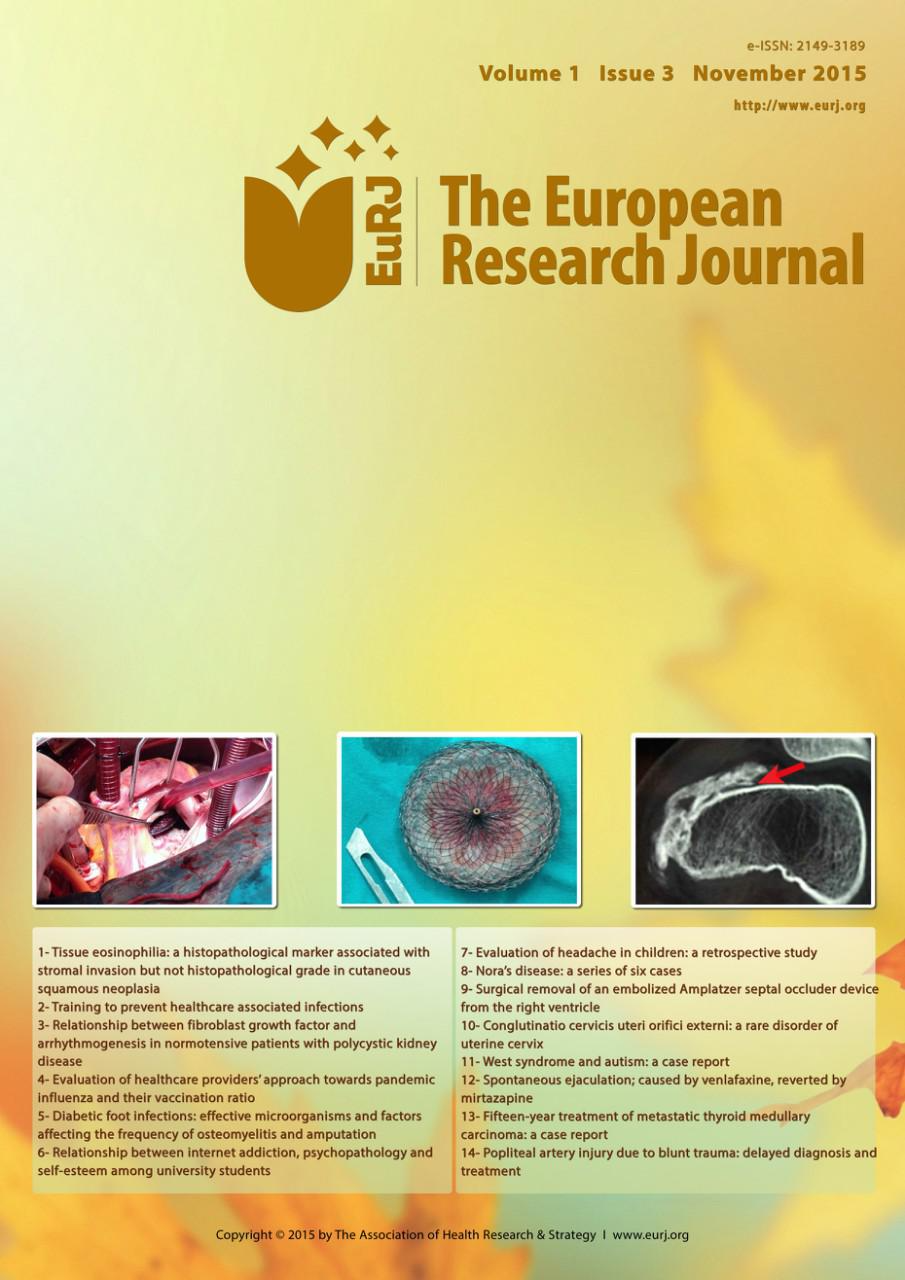
The effect of aromatherapy on labor pain, duration of labor, anxiety and Apgar score outcome: a systematic review and meta-analysis
2023 Sep 04 The European Research Journal YILDIZ KARAAHMET A, BİLGİÇ F
Aromatherapy during childbirth significantly reduces labor pain and duration in the latent, active, and transition phases and decreases anxiety in the active and transition phases.
Meta-Analysis Systematic Review Aromatherapy Anxiety Labour Pain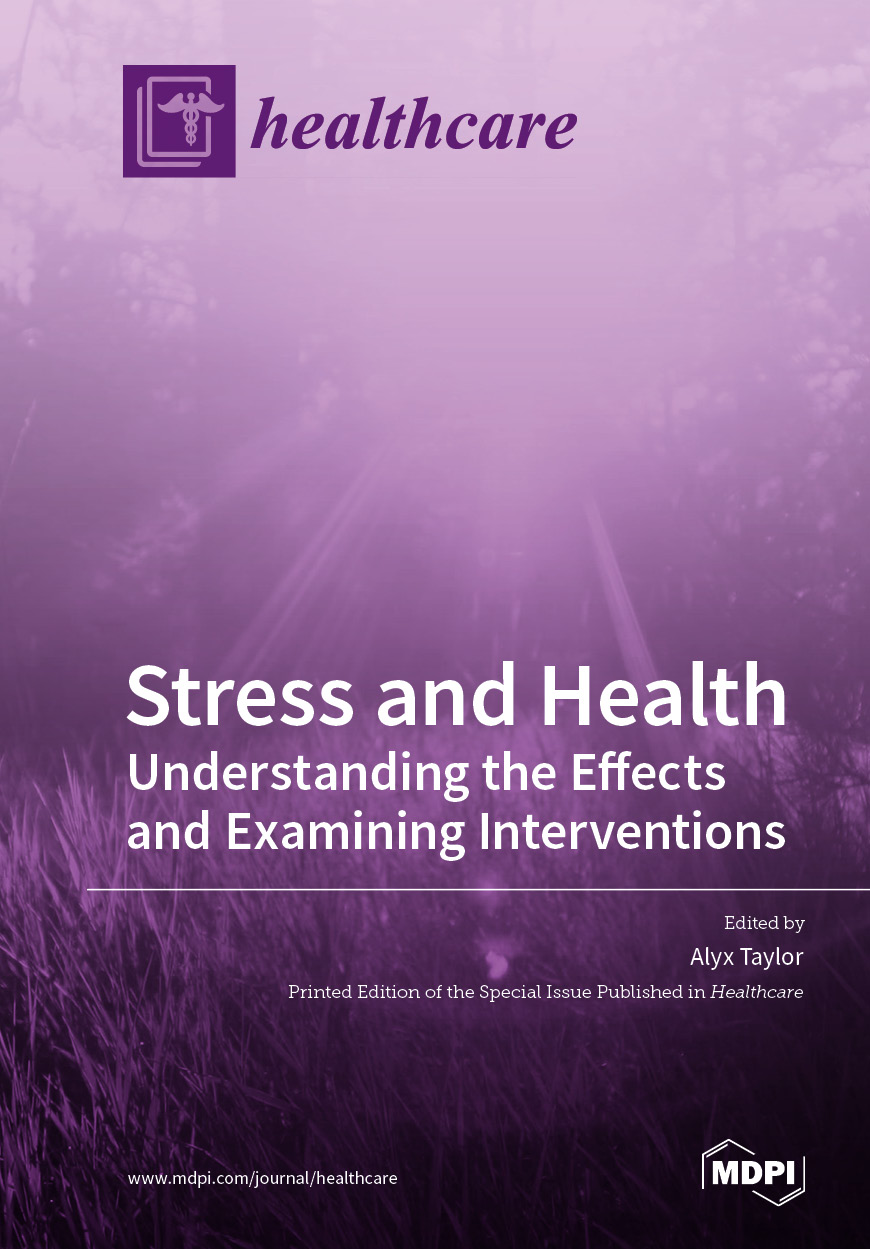
The Effectiveness of Neroli Essential Oil in Relieving Anxiety and Perceived Pain in Women during Labor: A Randomized Controlled Trial
2022 Feb 14 Healthcare Scandurra C, Mezzalira S, Cutillo S, Zapparella R, Statti G, Maldonato NM, et al.
Ultimately, neroli oil aromatherapy during labor can be used as an alternative tool to relieve anxiety and perceived pain in women during all stages of labor.
Randomised Controlled Trial Labour Pain Neroli Essential Oil Neroli Anxiety
Effect of Aromatherapy with Lavender on Labor Pain: A Literature Review
2021 Sep 30 Disease and Diagnosis Hatami Rad R
Review Article Lavender Labour PainLavender aromatherapy, whether administered through massage or inhalation, appears effective in reducing active phase labor pain.
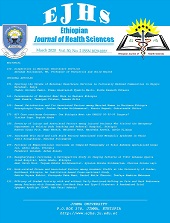
The Effectiveness of Aromatherapy in the Management of Labor Pain and Anxiety: A Systematic Review
2020 May 01 Ethiopian Journal of Health Sciences Mahbubeh Tabatabaeichehr , Hamed Mortazavi
Systematic Review Aromatherapy Lavender Anxiety Labour PainAromatherapy, specifically with lavender essential oil, can effectively alleviate maternal anxiety and labor pain.
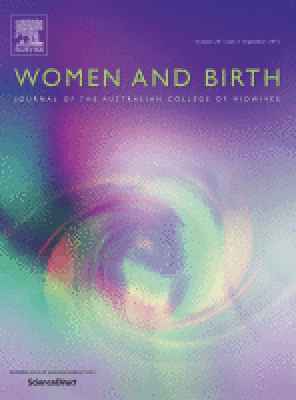
Labour pain control by aromatherapy: A meta-analysis of randomised controlled trials
2019 Aug Women and Birth Chen SF, Wang CH, Chan PT, Chiang HW, Hu TM, Tam KW, et al.
Meta-Analysis Randomised Controlled Trial Aromatherapy Labour PainAromatherapy significantly reduces labor pain and duration without impacting emergency caesarean section, membrane rupture, and the onset of spontaneous labor.
Research insights are moderated by the Research Hub team and offer an at-a-glance overview of interesting research findings.

2021 Disease and Diagnosis
Lavender aromatherapy, whether administered through massage or inhalation, appears effective in reducing active phase labor pain.
Review Article Lavender
Effect of Aromatherapy with Lavender on Labor Pain: A Literature Review
Hatami Rad R

2020 Ethiopian Journal of Health Sciences
Aromatherapy, specifically with lavender essential oil, can effectively alleviate maternal anxiety and labor pain.
Systematic Review Anxiety Aromatherapy Lavender
The Effectiveness of Aromatherapy in the Management of Labor Pain and Anxiety: A Systematic Review
Mahbubeh Tabatabaeichehr , Hamed Mortazavi

2019 Women and Birth
Aromatherapy significantly reduces labor pain and duration without impacting emergency caesarean section, membrane rupture, and the onset of spontaneous labor.
Meta-Analysis Aromatherapy
Labour pain control by aromatherapy: A meta-analysis of randomised controlled trials
Chen SF, Wang CH, Chan PT, Chiang HW, Hu TM, Tam KW, et al.
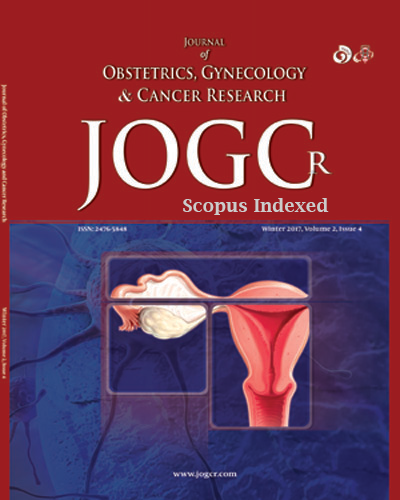
2018 Journal of Obstetrics, Gynecology and Cancer Research
Aromatherapy with lavender demonstrated effectiveness in reducing labor pain during childbirth.
Systematic Review Lavender
An Update on the Effect of Massage and Inhalation Aromatherapy with Lavender on Labor Pain Relief: A Systematic Review and Meta-analysis
Mirzaiinajmabadi K, Makvandi S, Mirteimoori M, Sadeghi R, , , et al.
2018 Nursing and Midwifery Studies
Inhalation aromatherapy with Boswellia Carterii essential oil can significantly reduce labor pain intensity in nulliparous women.
Randomised Controlled Trial Aromatherapy Frankincense
The effects of inhalation aromatherapy with Boswellia carterii essential oil on the intensity of labor pain among nulliparous women
Esmaelzadeh-Saeieh S, Rahimzadeh M, Khosravi-Dehaghi N, Torkashvand S
Review Articles
Review articles summarise and critically evaluate the current state of research on a specific topic or field by synthesising multiple primary research studies.

The effect of aromatherapy on labor pain, duration of labor, anxiety and Apgar score outcome: a systematic review and meta-analysis
2023 Sep 04 The European Research Journal YILDIZ KARAAHMET A, BİLGİÇ F
Aromatherapy during childbirth significantly reduces labor pain and duration in the latent, active, and transition phases and decreases anxiety in the active and transition phases.
Meta-Analysis Systematic Review Aromatherapy Anxiety Labour Pain
Effect of Aromatherapy with Lavender on Labor Pain: A Literature Review
2021 Sep 30 Disease and Diagnosis Hatami Rad R
Review Article Lavender Labour PainLavender aromatherapy, whether administered through massage or inhalation, appears effective in reducing active phase labor pain.

The Effectiveness of Aromatherapy in the Management of Labor Pain and Anxiety: A Systematic Review
2020 May 01 Ethiopian Journal of Health Sciences Mahbubeh Tabatabaeichehr , Hamed Mortazavi
Systematic Review Aromatherapy Lavender Anxiety Labour PainAromatherapy, specifically with lavender essential oil, can effectively alleviate maternal anxiety and labor pain.

An Update on the Effect of Massage and Inhalation Aromatherapy with Lavender on Labor Pain Relief: A Systematic Review and Meta-analysis
2018 Feb 01 Journal of Obstetrics, Gynecology and Cancer Research Mirzaiinajmabadi K, Makvandi S, Mirteimoori M, Sadeghi R, , , et al.
Systematic Review Meta-Analysis Labour Pain LavenderAromatherapy with lavender demonstrated effectiveness in reducing labor pain during childbirth.
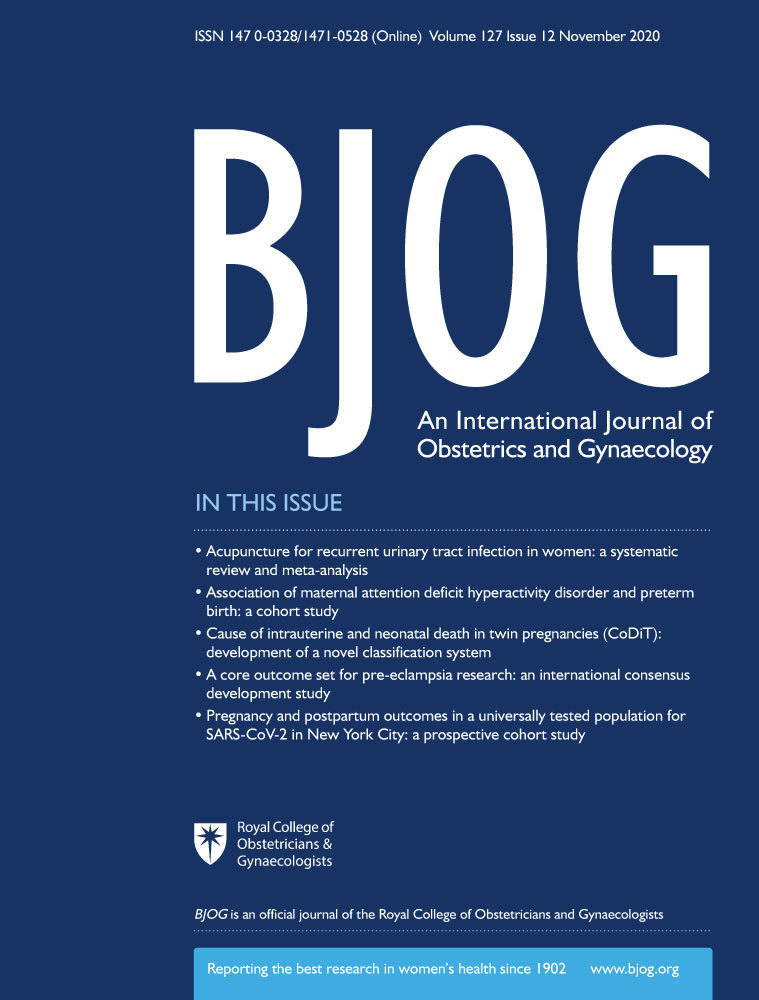
Acupuncture for pain relief in labour: a systematic review and meta-analysis
2010 Jun 8 BJOG: An International Journal of Obstetrics & Gynaecology S-H Cho, H Lee, E Ernst
Systematic Review Meta-AnalysisAcupuncture ineffective for labour pain relief:
Clinical Trials
Clinical trials are research studies that involve people and are conducted to evaluate the safety and efficacy of new treatments or interventions, such as drugs, medical devices, or behavioural therapies.

The Effectiveness of Neroli Essential Oil in Relieving Anxiety and Perceived Pain in Women during Labor: A Randomized Controlled Trial
2022 Feb 14 Healthcare Scandurra C, Mezzalira S, Cutillo S, Zapparella R, Statti G, Maldonato NM, et al.
Ultimately, neroli oil aromatherapy during labor can be used as an alternative tool to relieve anxiety and perceived pain in women during all stages of labor.
Randomised Controlled Trial Labour Pain Neroli Essential Oil Neroli Anxiety
Labour pain control by aromatherapy: A meta-analysis of randomised controlled trials
2019 Aug Women and Birth Chen SF, Wang CH, Chan PT, Chiang HW, Hu TM, Tam KW, et al.
Meta-Analysis Randomised Controlled Trial Aromatherapy Labour PainAromatherapy significantly reduces labor pain and duration without impacting emergency caesarean section, membrane rupture, and the onset of spontaneous labor.
The effects of inhalation aromatherapy with Boswellia carterii essential oil on the intensity of labor pain among nulliparous women
2018 Jan Nursing and Midwifery Studies Esmaelzadeh-Saeieh S, Rahimzadeh M, Khosravi-Dehaghi N, Torkashvand S
Randomised Controlled Trial Aromatherapy Frankincense Labour PainInhalation aromatherapy with Boswellia Carterii essential oil can significantly reduce labor pain intensity in nulliparous women.
Study Protocols
Published study protocols are detailed plans that outline the objectives, methodology, statistical analyses, and organisation of a research study that have been made publicly available for others to review and use as a reference.
Presentation Slides

Review Article
Lavender aromatherapy, whether administered through massage or inhalation, appears effective in reducing active phase labor pain.
Hatami Rad R

Systematic Review
Aromatherapy, specifically with lavender essential oil, can effectively alleviate maternal anxiety and labor pain.
Mahbubeh Tabatabaeichehr , Hamed Mortazavi

Meta-Analysis
Aromatherapy significantly reduces labor pain and duration without impacting emergency caesarean section, membrane rupture, and the onset of spontaneous labor.
Chen SF, Wang CH, Chan PT, Chiang HW, Hu TM, Tam KW, Loh EW

Systematic Review
Aromatherapy with lavender demonstrated effectiveness in reducing labor pain during childbirth.
Mirzaiinajmabadi K, Makvandi S, Mirteimoori M, Sadeghi R, , , ,

Randomised Controlled Trial
Inhalation aromatherapy with Boswellia Carterii essential oil can significantly reduce labor pain intensity in nulliparous women.
Esmaelzadeh-Saeieh S, Rahimzadeh M, Khosravi-Dehaghi N, Torkashvand S

Systematic Review
Acupuncture ineffective for labour pain relief:
S-H Cho, H Lee, E Ernst
Executive Summary
Write an executive summary in the form of a blog article on the topic of "Research into Chinese medicine treatment for Labour Pain" summarising the research below and using language that can be easily understood by patients and avoiding medical jargon using a professional and caring tone of voice.
Write an executive summary in the form of a blog article on the topic of "Researched Chinese medicine treatments for Labour Pain" summarising the research below in an objective and easy to understand way, and using language that can be easily understood by patients. Group the article into Chinese medicine treatments first, followed by nutrition and other treatments. Avoid using medical jargon and use a professional and caring tone of voice.
Write me a concise but easy to understand executive summary on the topic of "Chinese medicine treatments for Labour Pain" based on the following research that I will give you. Your summary should be 2 paragraphs long in Australian English spelling and include references to the studies.
A Review Article published in 2021 in the journal Disease and Diagnosis found that Lavender aromatherapy, whether administered through massage or inhalation, appears effective in reducing active phase labor pain. The researchers conducted their study by performing a detailed search using a number of specific keywords such as lavender, childbirth, labor, pregnancy, labor pain, aromatherapy, and delivery across multiple databases. These databases included MEDLINE/PubMed, Scopus, and Google Scholar. Using these keywords they extracted relevant data from the seven most reliable studies they found, two of which originated in Egypt and Indonesia, and remaining five in Iran. The chosen studies depicted a range of qualities, with some using massage aromatherapy, and others applying inhalation as their method of practice. In analyzing these studies, it was found that all of them indicated that lavender aromatherapy, regardless of whether it was applied via massage or inhalation, had the potential to lessen the pain felt during the active phase of labor. The studies provided basis for insightful consideration of the application of lavender aromatherapy as a viable method for managing labor pain.
A Systematic Review published in 2020 in the journal Ethiopian Journal of Health Sciences found that Aromatherapy, specifically with lavender essential oil, can effectively alleviate maternal anxiety and labor pain. The methodology involved a systematic review of five databases - PubMed, SCOPUS, Web of Science, Google Scholar and Scientific Information Database - for studies on the use of aromatherapy for pain and anxiety management during labor. Search keywords included variations of aromatherapy, essential oil, aroma, pain, anxiety, labor, and delivery. The quality, bias, and reliability of the identified studies were assessed using the Cochrane Collaboration's 'Risk of bias' protocol. 33 studies met the inclusion criteria, with various methods of aromatherapy application utilized, such as inhalation, massage, footbaths, birthing pools, acupressure, and compresses. The most commonly used essential oil was lavender, used individually or mixed with other essential oils. These studies, predominantly conducted in Iran, formed the basis for our analysis and provided evidence to assess the positive impact of aromatherapy on labor pain and anxiety.
A Meta-Analysis published in 2019 in the journal Women and Birth found that Aromatherapy significantly reduces labor pain and duration without impacting emergency caesarean section, membrane rupture, and the onset of spontaneous labor. Researchers undertook a meta-analysis of randomized controlled trials for determining the efficacy of aromatherapy in mitigating labor pain and reducing its duration. Various academic and scientific databases such as PubMed, EMBASE, Cochrane Central Register of Controlled Trials, Google Scholar, and Clinicaltrials.gov were employed to find relevant trials. A total of 17 trials involving low-risk laboring women were identified and included in the meta-analysis. Observations from the meta-analysis revealed that aromatherapy effectively alleviated labor pain during the transition phase and reduced the periods of active phase and third stage labor. Additionally, a trend of decreasing duration was noticed during the second stage. Notably, aromatherapy did not have any marked effects on emergency caesarean sections, membrane ruptures, or the initiation of spontaneous labor, indicating its general safety for expectant mothers. However, the diversity of outcomes across different trials was noted.
A Systematic Review published in 2018 in the journal Journal of Obstetrics, Gynecology and Cancer Research found that Aromatherapy with lavender demonstrated effectiveness in reducing labor pain during childbirth. In the methodology for this systematic review and meta-analysis, researchers independently conducted searches across international databases such as MEDLINE/PubMed, Cochrane Library, Cochrane Central Register of Controlled Trials, and Scopus. The search utilized specific symbols and terms to locate relevant randomized clinical trials. Data was then statistically analyzed using Comprehensive Meta-analysis (CMA) software. In the discussion of results, a total of 244 primary studies were initially found, and ultimately 5 studies, which included 541 participants, were analyzed in the review. It was found that aromatherapy with lavender reduced labor pain in the active phase of childbirth. Overall, the clinical trials were of moderate quality and combinatory. Importantly, the use of lavender in aromatherapy led to a notable difference in labor pain between the aromatherapy groups and control groups. This finding suggests the potential of lavender aromatherapy as a useful tool for pain relief during labor.
A Randomised Controlled Trial published in 2018 in the journal Nursing and Midwifery Studies found that Inhalation aromatherapy with Boswellia Carterii essential oil can significantly reduce labor pain intensity in nulliparous women. In this randomized controlled trial, 126 nulliparous women were split into two groups — an aromatherapy group and a placebo group. A piece of gauze was soaked with Boswellia Carterii essential oil diluted in normal saline for the aromatherapy group and was attached to the collar of each woman in this group. This intervention was repeated at 30-minute intervals up to a cervical dilation of 10 centimeters. The placebo group intervention mirrored those of the aromatherapy group but used only normal saline on the gauze. The intensity of labor pain was assessed before the intervention and at certain cervical dilation stages using a numeric pain rating scale. The results revealed that the aromatherapy group experienced significantly less labor pain compared to the placebo group at all tracked stages of cervical dilation. It was found that Boswellia Carterii essential oil can indeed mitigate labor pain when used in inhalation aromatherapy. No significant differences were observed concerning the 1 and 5 minute Apgar scores across both groups.
A Systematic Review published in 2010 in the journal BJOG: An International Journal of Obstetrics & Gynaecology found that Acupuncture ineffective for labour pain relief: A systematic review and meta-analysis assessed acupuncture's efficacy in relieving labor pain. Ten randomized controlled trials involving 2038 women were analyzed. Acupuncture showed no significant superiority over minimal acupuncture at 1 and 2 hours post-treatment. Electroacupuncture demonstrated temporary pain reduction at 15 and 30 minutes compared to placebo, but effects weren't sustained. When compared to no intervention, acupuncture provided only an 11% reduction in pain for the initial 30 minutes. However, in trials against conventional analgesia, acupuncture led to reduced meperidine and other analgesic use. Overall, evidence doesn't strongly support acupuncture for labor pain, urging further research.
Moderation Tools
Topic
Sign In
Users not signed in are limited to viewing the 5 most recent items of content.
Cannot find the article with the link provided -- Rach —Rachael L 6 Aug 2024